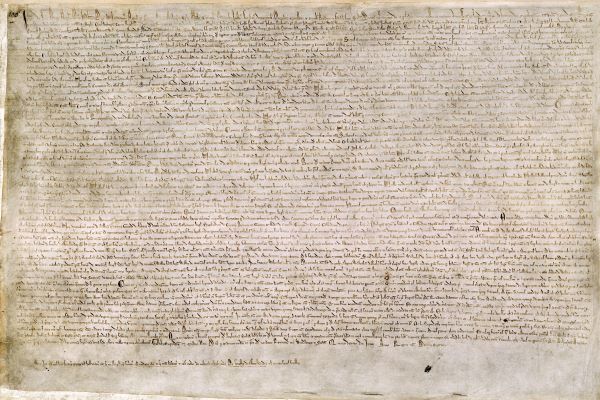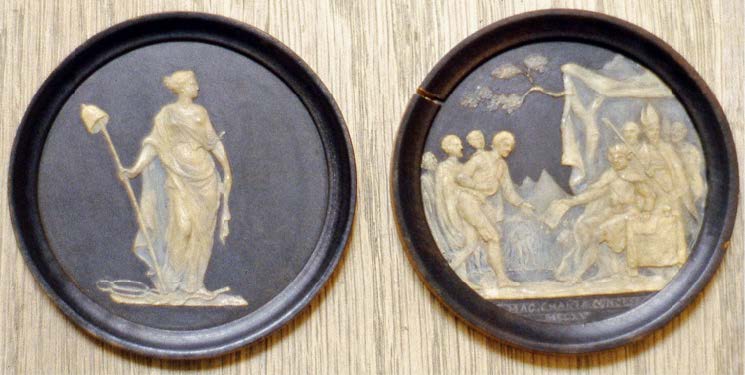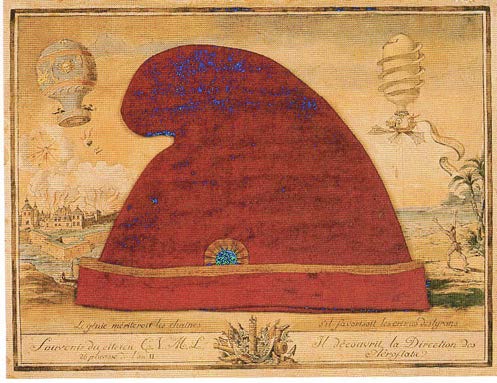Liberty Matters
The Myths of Magna Carta and Freedom

One of the dominant modes, since at least the 1600s, has been to interpret the meaning and significance of the Magna Carta as underpinning an idea of the ancient constitution. Often this political invention of tradition has acted as a device for legitimizing an authoritative but ultimately limited form of monarchy. Most monarchies, and sovereigns, have assumed that the moment of the Magna Carta was a powerful symbol of their consensual ambitions, rather than a source of their legitimacy. The history established not the origins of regal power, but its willingness to adapt to a good office.
At about the same time in the early 1600s, figures like Coke, then Lilburne and the new voices of the English Revolution,[47] saw opportunity to use the ideas and moment of the Magna Carta to underpin radical protest against the illegitimate exercise of contemporary political power. This version of historical understanding was rather more interested in the moment of resistance embodied in 1215 – the legacy of especially clause 61[48] and the “enforcement” process captured the challenge of the barons to the king and was capable of being represented as an act that defended the community, the people, and the nation. All of this vocabulary was of course a later development designed to defend the resisting of oppressive political institutions in the name of freedom.
In terms of the different and competing claimants to the legacies of Magna Carta (moment and ideas), it is plausible to argue that monarchists have had the least effective claim, since even in the moderate constitutional form, Magna Carta is usually deployed against the divinity of regal authority, rather than by them against popular dissent or disorder.
As a symbol of resistance, in the name of individual or collective freedoms, the myth of Magna Carta has had a more perdurable and universal appeal. The monarchical use defines the Magna Carta as a very local circumstantial historical tradition; a Magna Carta moment which legitimizes protest and resistance draws from a much more universal application. This aspect of the iconic power of the Magna Carta is seen most visibly in the late 18th-century proposal for a commemorative medal organized by the Royal Society of Arts (see figure 1 below). As is evident, one side of the medal represents the historical moment of the sealing on the meadows with baronial tents, churchmen, and seated monarch. On the reverse the universal meaning of the event is reinforced by a representation of liberty as a woman – Libertas. In her right hand Libertas holds a rod of manumission and a pileus (liberty cap). [49] The stave of manumission was a symbol of being made free, the liberty cap was worn by the freed slave. These iconological elements -- Libertas, liberty cap, stave of manumission -- became a commonly used visual vocabulary identifying public and national commitment to freedom. The U.S. Statue of Liberty and the French Marianne are the most powerful examples.[50] Anchoring the contingent moment of the sealing at Runnymede with these universal traditions of freedom is of course not simply a visual sleight of hand but foundational to the conceptual reinvention of the meaning of Magna Carta for new contexts in the last eight centuries, and indeed into the future.


Endnotes
[47.] Editor: In our seven volume collection of Leveller Tracts there are literally hundreds of references to Magna Carta (or Charta). See for example:
- 8.16. Anon., Briefe Collections OUT OF Magna Charta: OR, The Knowne good old LAWES OF ENGLAND (19 May, 1643) (not yet online);
- 3.21. John Lilburne, Vox Plebis, or The Peoples Out-cry Against Oppression, Injustice, and Tyranny. Wherein the Liberty of the Subjects is asserted, Magna Charta briefly but pithily expounded (19 November, 1646) </titles/2596#lf1542-03_head_053>;
- 3.22. John Lilburne, The Charters of London: or, The second Part of Londons Liberty in Chaines discovered (18 December 1646) </titles/2596#lf1542-03_head_062>
- 5.1. William Prynne, A New Magna Charta (1 January, 1648) </pages/leveller-tracts-5#5.1>;
- 5.2. William Prynne, The Petition of Right of the Free-holders and Free-men (8 January, 1648) </pages/leveller-tracts-5#5.2>.
- 5.8. John Lilburne, The Peoples Prerogative and Priviledges, asserted and vindicated, (against all Tyranny whatsoever.) By Law and Reason. Being A Collection of the Marrow and Soule of Magna Charta (17 February, 1648) </pages/leveller-tracts-5#5.8>
[49.] Editor: We have discussed the significance of the "pileus" (the liberty or "Phrygian" cap) in several "illustrated essays" in the section Images of Liberty and Power </images> , especially "Thomas Hollis and John Locke" </pages/thomas-hollis-and-john-locke>, "The Earl of Shaftesbury on Liberty and Harmony" </pages/the-earl-of-shaftesbury-on-liberty-and-harmony>, and "New Playing Cards for the French Republic (1793-94)" </pages/new-playing-cards-for-the-french-republic-1793-94>. There is also an interesting entry in Wikipedia on "Pileus" <https://en.wikipedia.org/wiki/Pileus_%28hat%29>.
[50.] The classic work on the imagery of Marianne is Maurice Agulhon, Marianne into Battle: Republican Imagery and Symbolism in France, 1789-1880, translated by Janet Lloyd (Cambridge: Cambridge University Press, 1981.
Copyright and Fair Use Statement
“Liberty Matters” is the copyright of Liberty Fund, Inc. This material is put on line to further the educational goals of Liberty Fund, Inc. These essays and responses may be quoted and otherwise used under “fair use” provisions for educational and academic purposes. To reprint these essays in course booklets requires the prior permission of Liberty Fund, Inc. Please contact oll@libertyfund.org if you have any questions.